Franks Flying Suit
This article was originally written and submitted as part of a Canada 150 Project, the Innovation Storybook, to crowdsource stories of Canadian innovation with partners across Canada. The content has since been migrated to Ingenium’s Channel, a digital hub featuring curated content related to science, technology and innovation.
The Franks Flying Suit helped fighter pilots fly to the edge of human performance.
The Franks Flying Suit was a Canadian innovation, the world’s first anti-gravity suit used in combat. Designed by Dr Wilbur Franks, the suit used water pressure to counter gravitational effects — or G forces — on pilots when they performed turns, rolls, or other manoeuvres. G forces forced blood to collect or pool in the pilot’s lower body, restricting blood flow to the brain: the pilot could then black out or lose consciousness altogether. High-performance aircraft designed in the 1930s increased the need to counter G forces and attracted the attention of Franks, a Canadian medical researcher at the University of Toronto. Franks designed a water-filled G-suit that kept constant pressure on a pilot’s legs and trunk to prevent blood pooling, allowing pilots to function while enduring G-force stress. Franks flight-tested the G-suit in 1940, and in 1942 it was used in combat for the first time by pilots of the Royal Navy’s Fleet Air Arm during the invasion of North Africa. While later G-suits used air pressure instead of water pressure, the Franks Flying Suit, along with American designs, established the principle for subsequent G-suits for jet and space flight, all of which produce massive G-forces.
Dr Wilbur Franks worked with Dr Frederick Banting, one of the discoverers of insulin, and who was also keenly interested in aviation medicine.



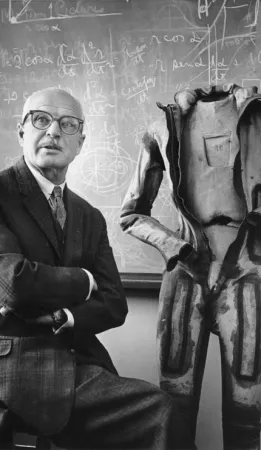





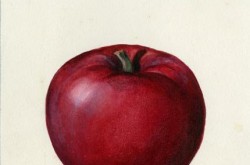
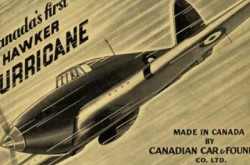
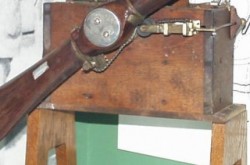
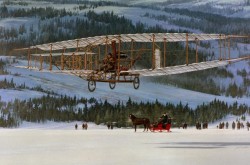





![A block of photographs showing some of the people involved in the bombing of beluga whales in the estuary and gulf of the St. Lawrence River. Anon., “La chasse aux marsouins [sic]. » Le Devoir, 15 August 1929, 6.](/sites/default/files/styles/thumbnail_7/public/2024-09/Le%20Devoir%2015%20aout%201929%20page%206.jpg?h=584f1d27&itok=TppdLItg)






